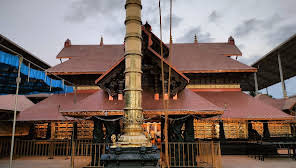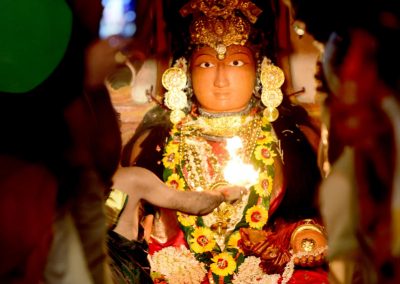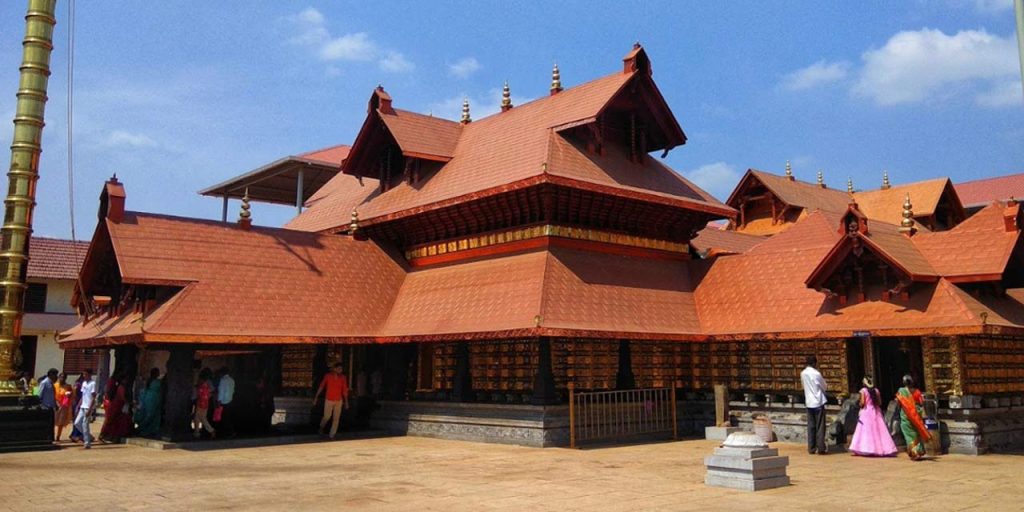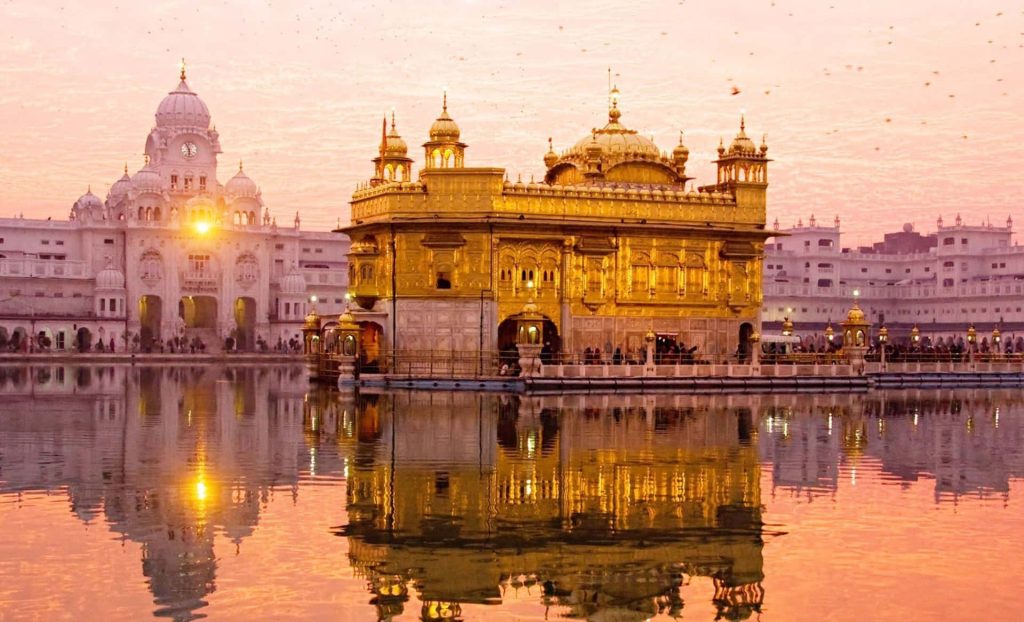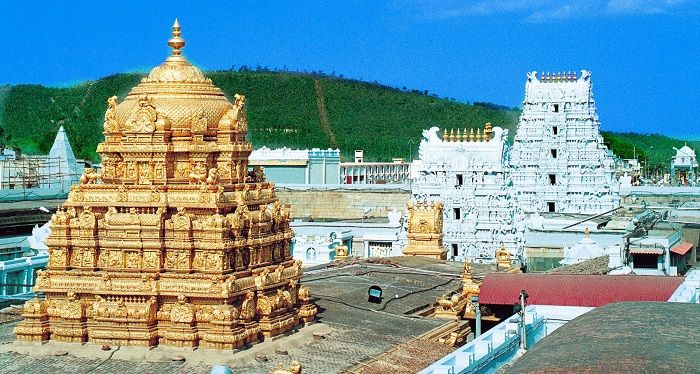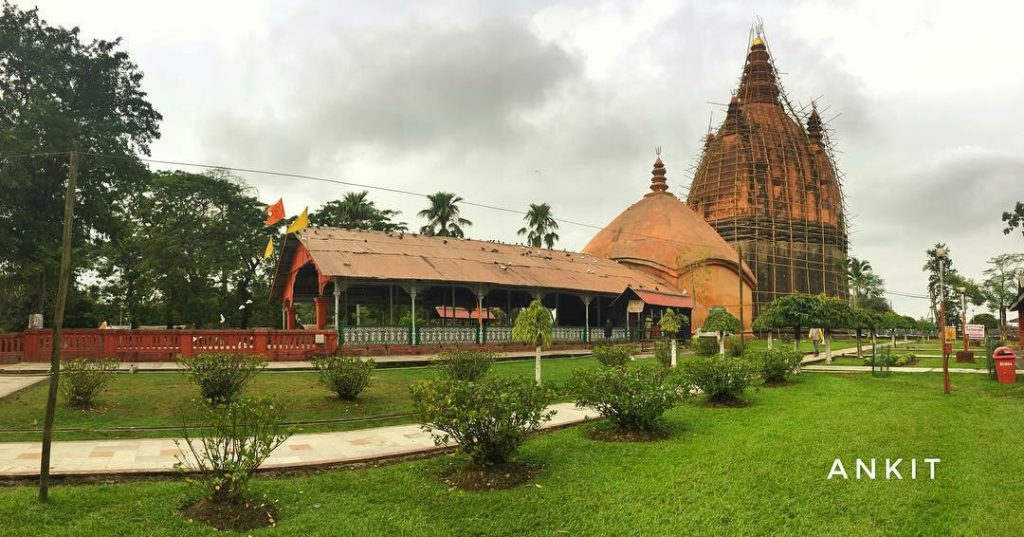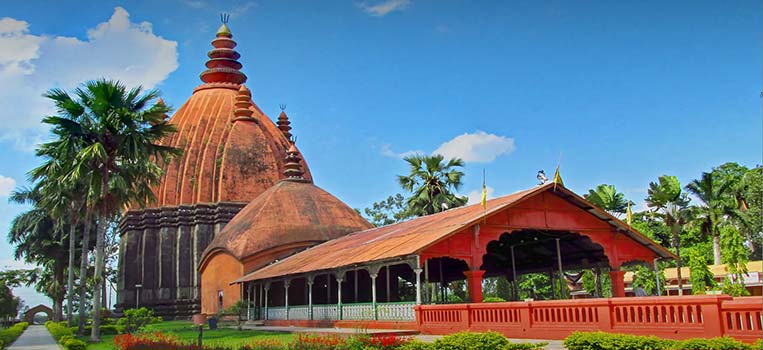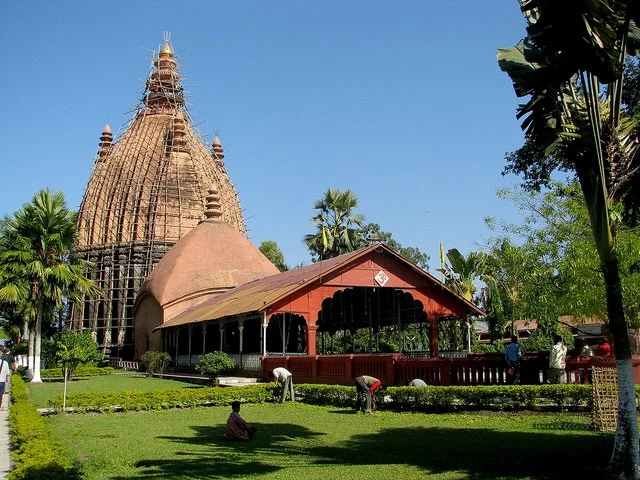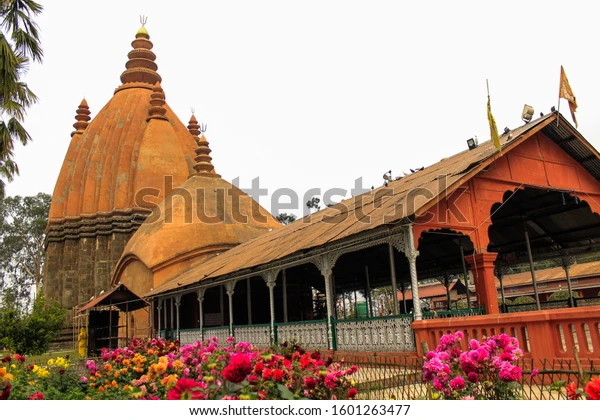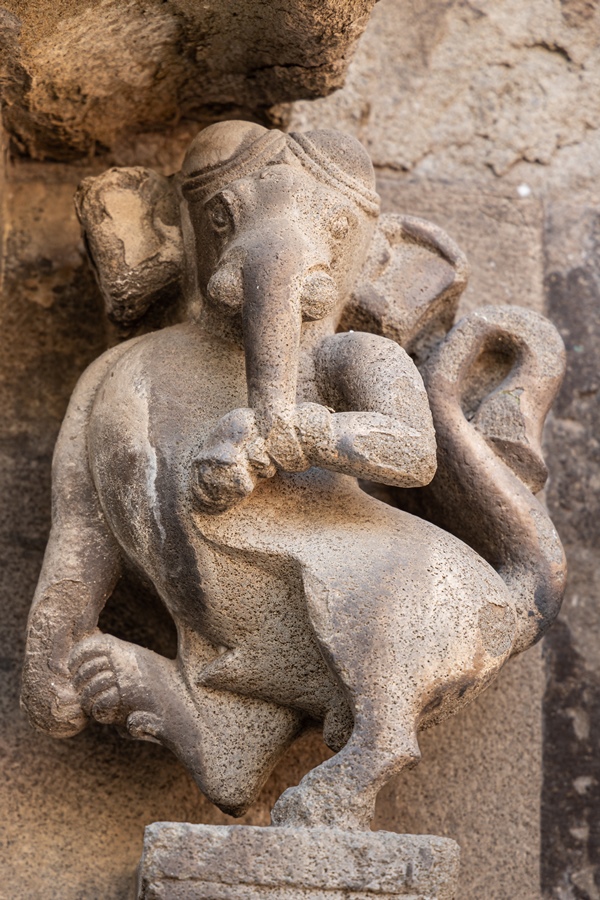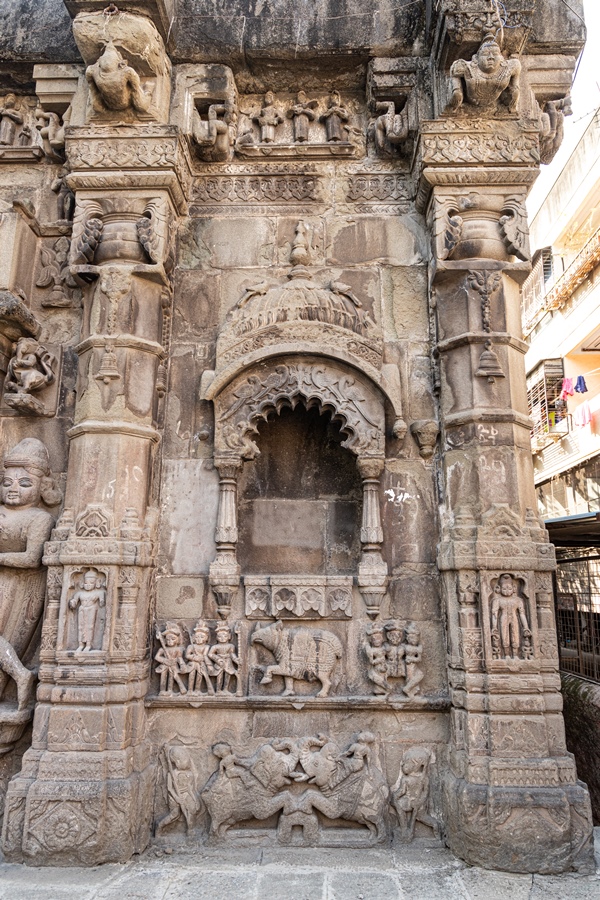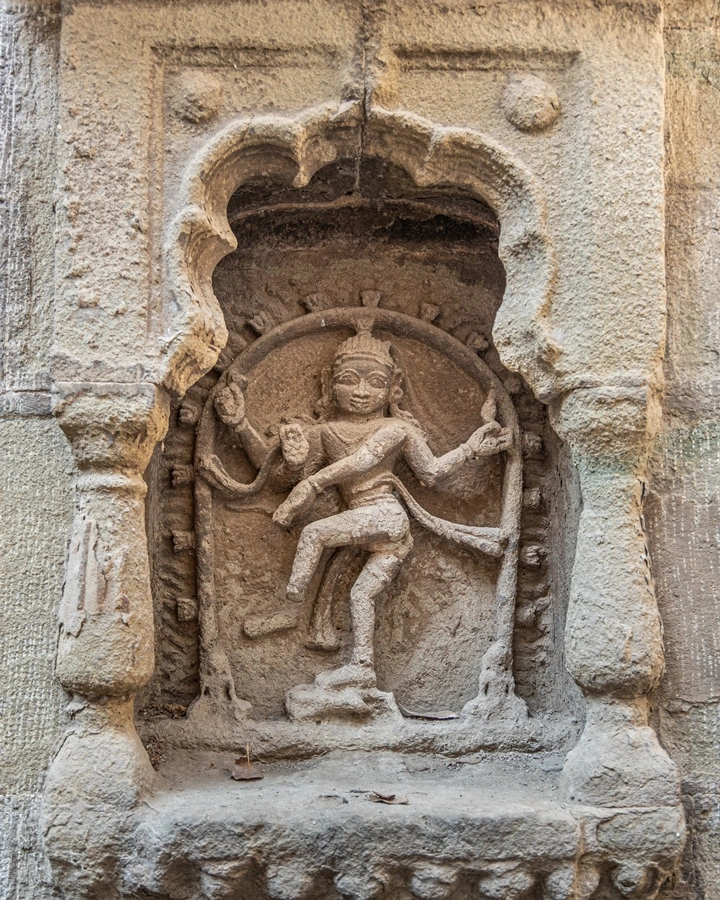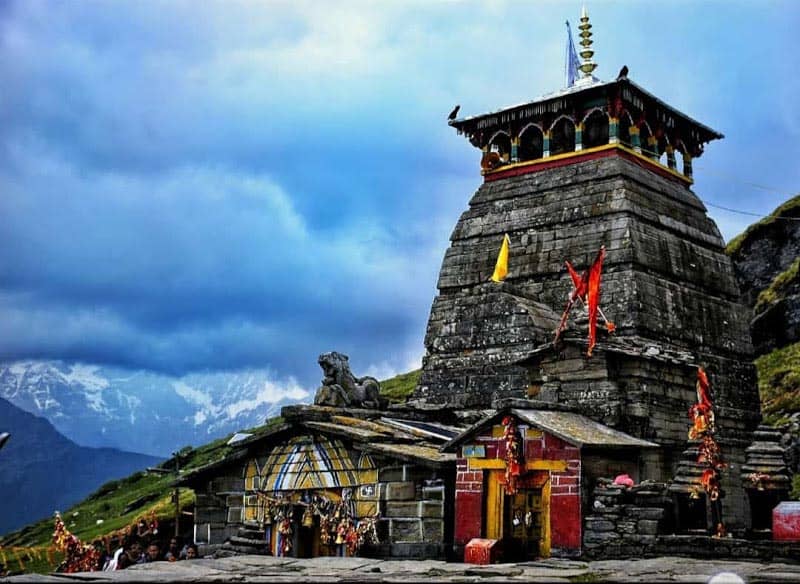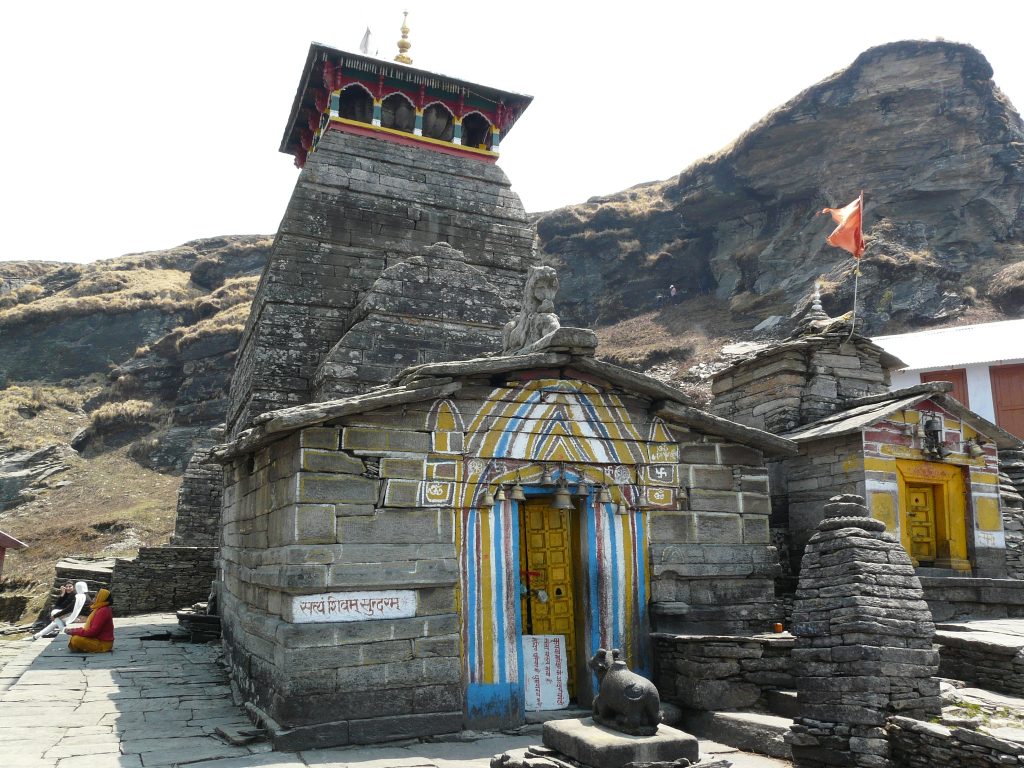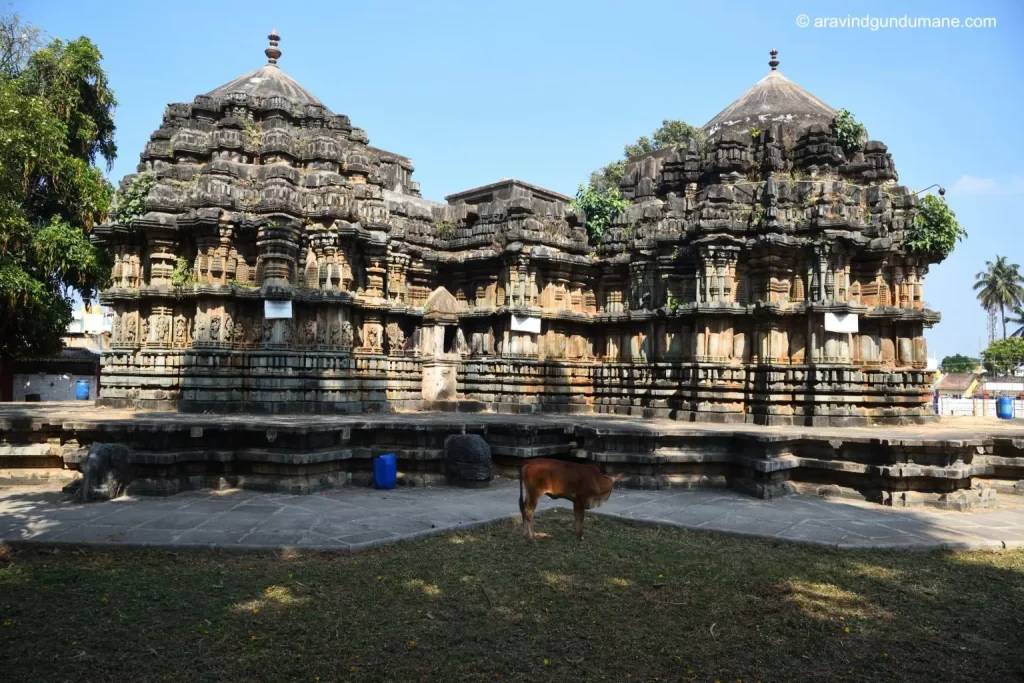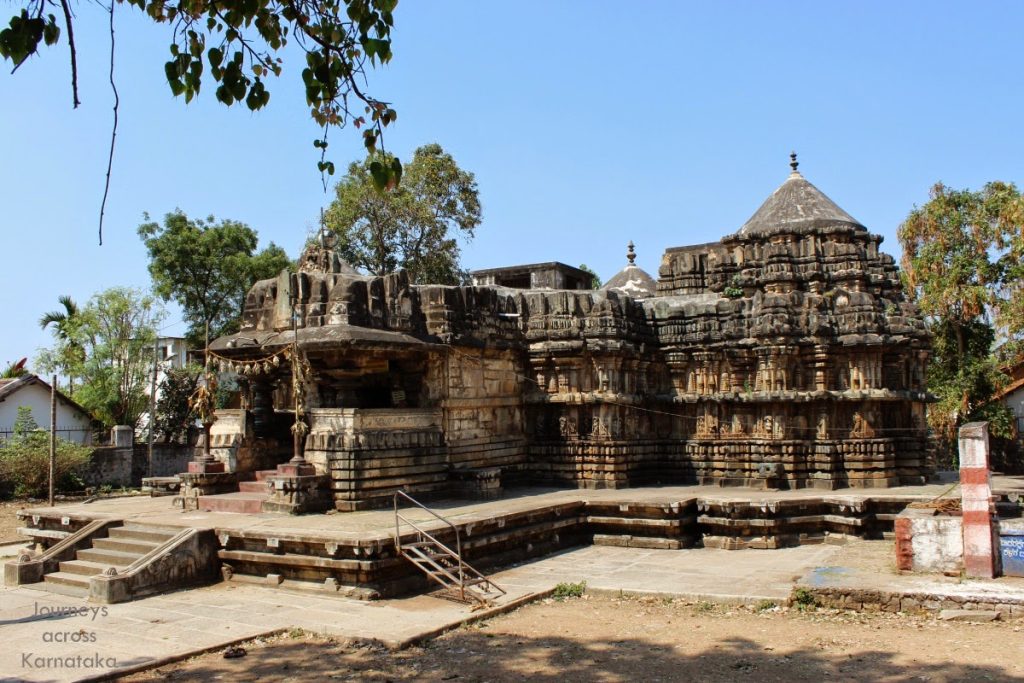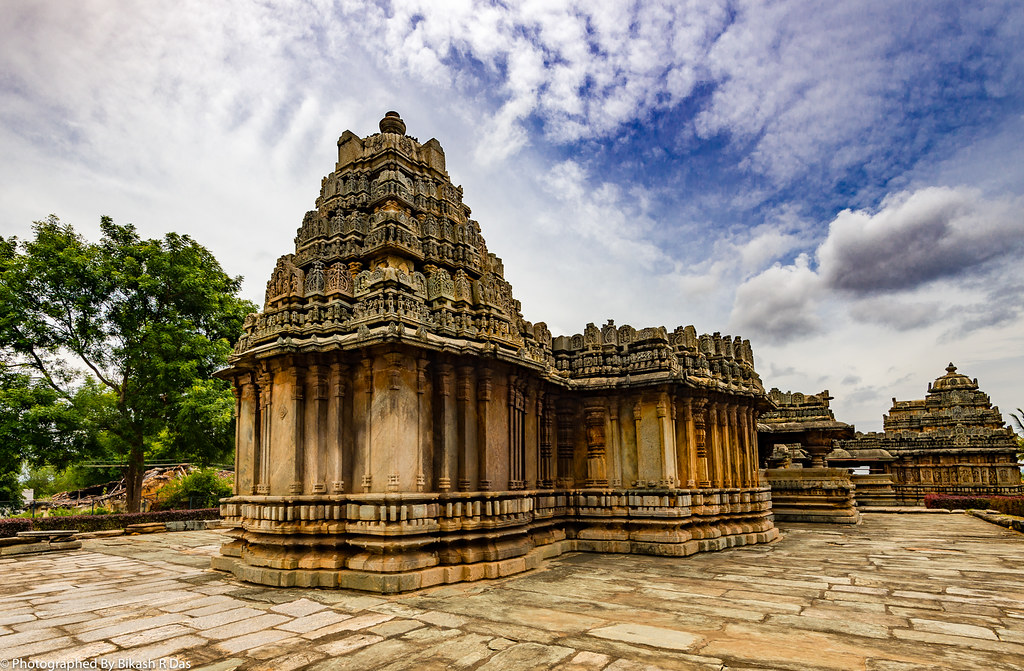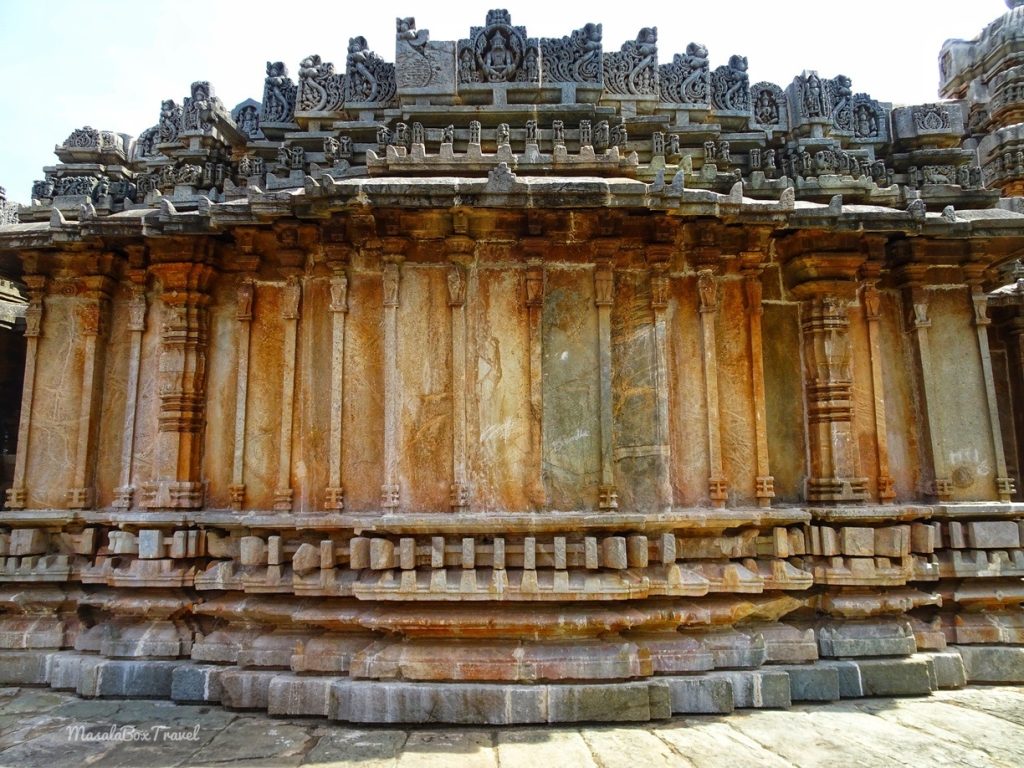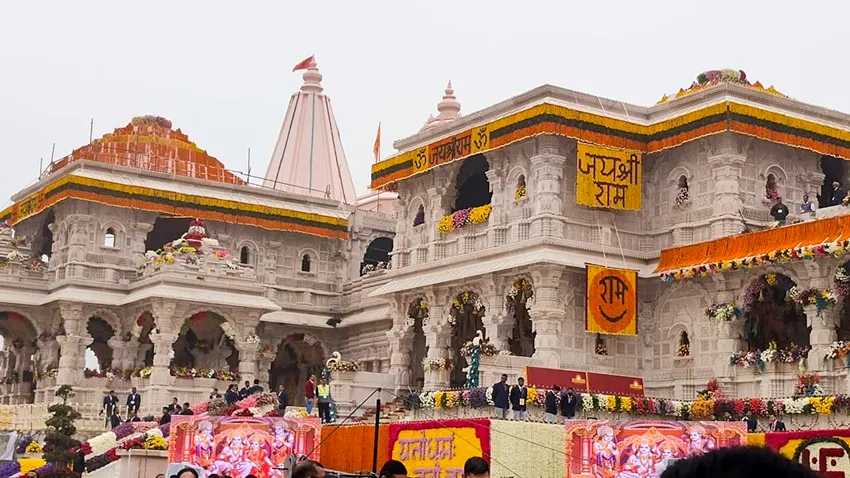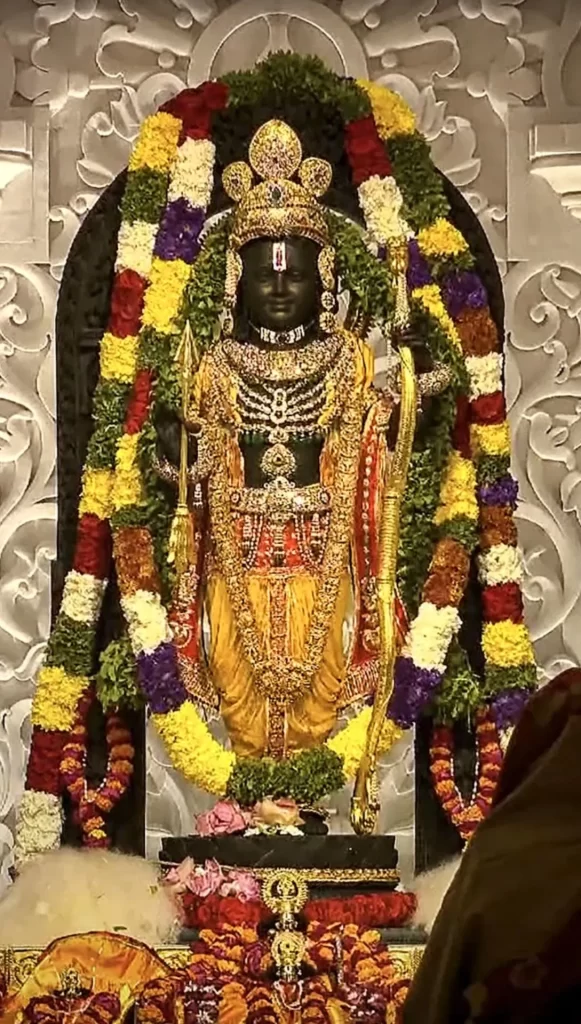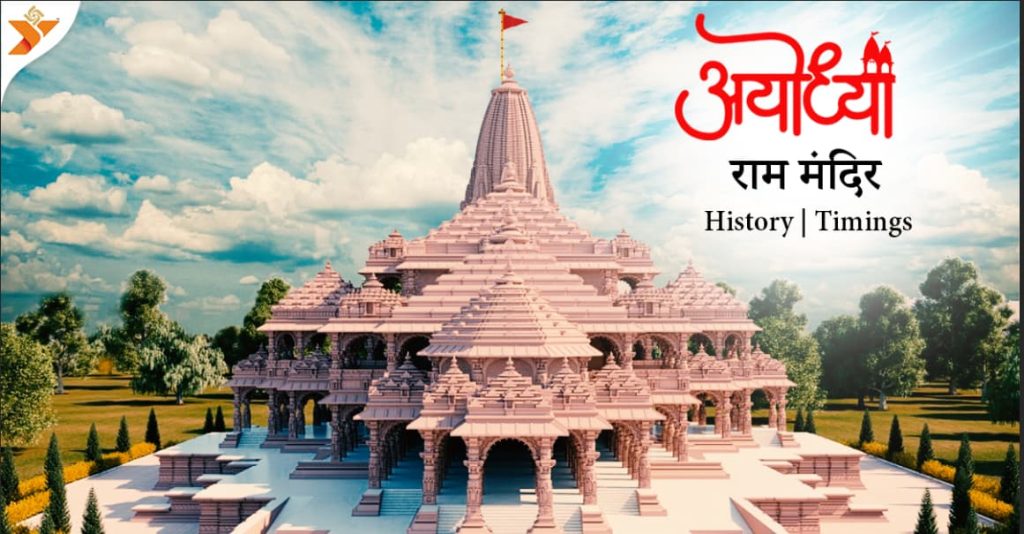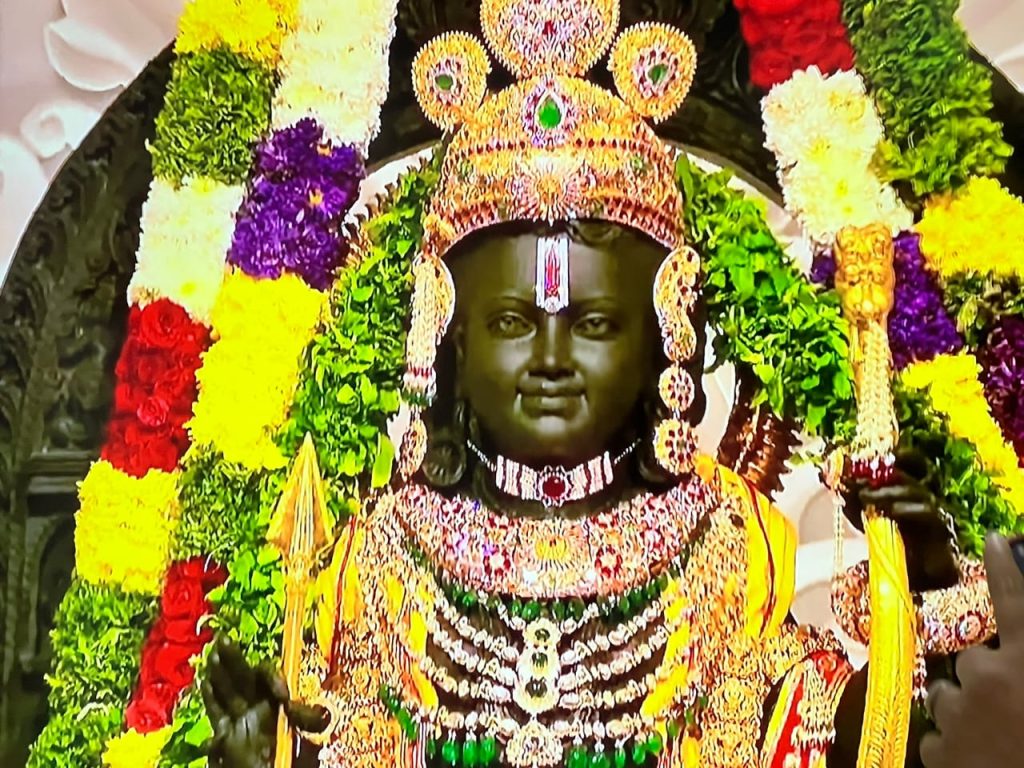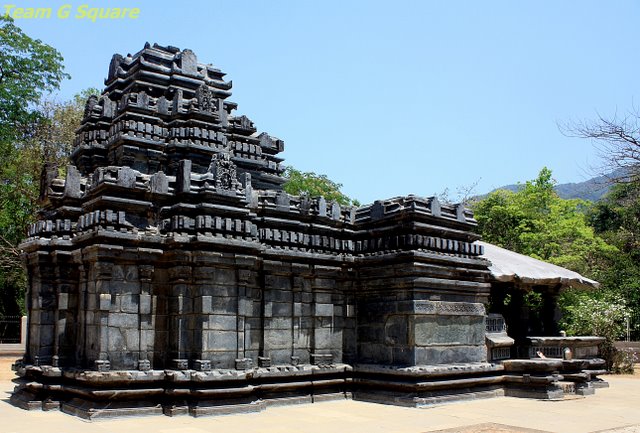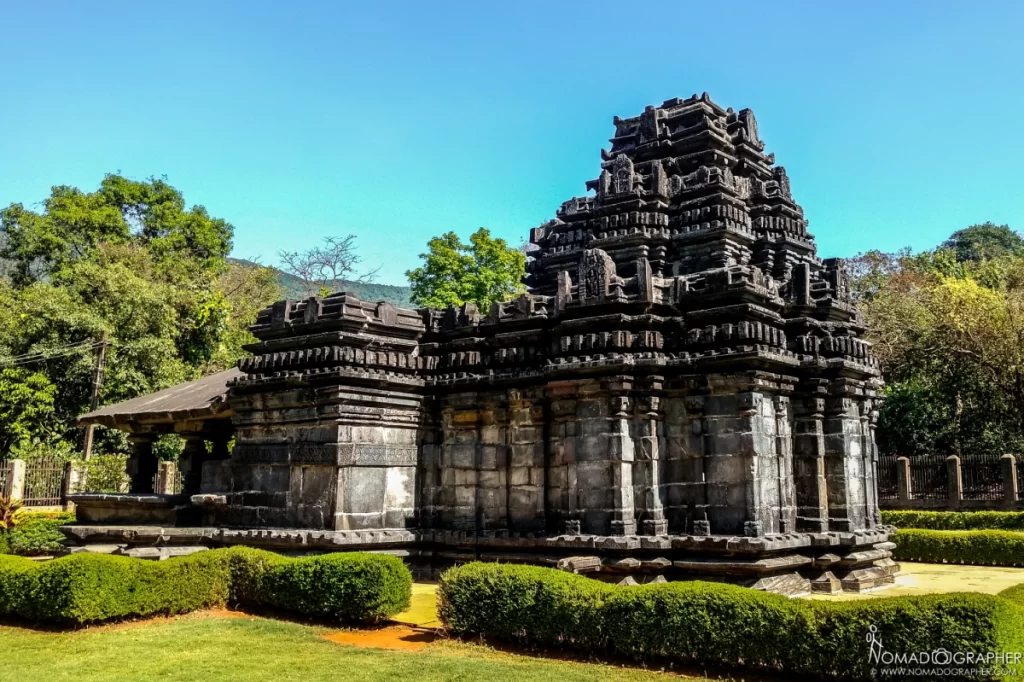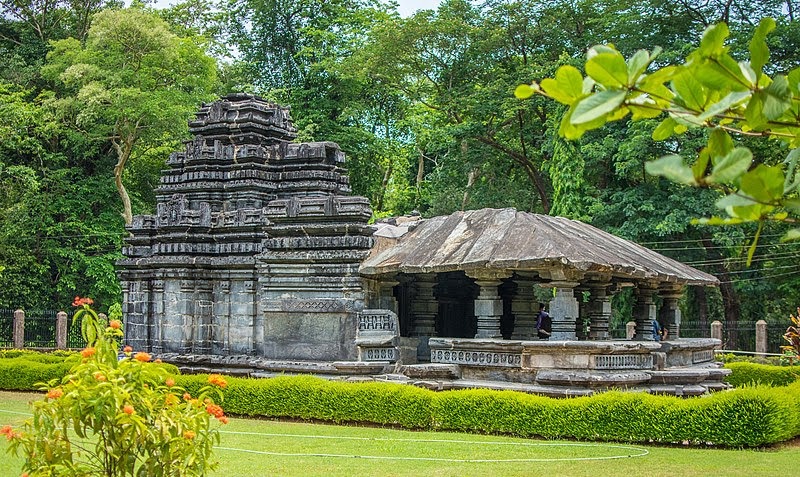TULJA BHAVANI TEMPLE
Shree Tulaja Bhavani Temple (Marathi: श्री क्षेत्र तुळजा भवानि देवस्थानम्) is a Hindu temple dedicated to goddess Bhavani. It is located in Tuljapur in Dharashiv district of Maharashtra, India, and is considered as one of the 51 Shakti Pithas. It is situated 45 km from Solapur. The temple was built in 12th century CE by Maratha Mahamandaleshwara Māradadeva of the Kadamb dynasty.
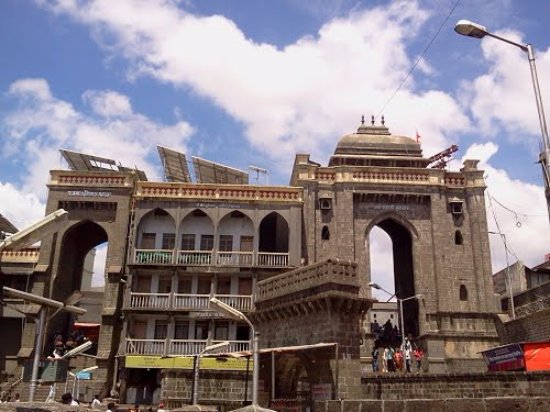
Bhavani is a form of the goddess Durga who is worshipped in Maharashtra, Gujarat, Rajasthan, Telangana, Northern Karnataka, and Nepal. “Bhavani” literally translates to “giver of life”, meaning the power of nature or the source of creative energy. She is considered to be a mother who provides to her devotees and also plays the role of dispensing justice by killing Asuras. Along with temples of Renuka at Mahur, Mahalaxmi at Kolhapur, and Saptashringi at Vani, the temple of Bhavani at Tuljapur forms the four great Shaktipitha in Maharashtra. Shivaji, the founder of the Maratha kingdom, was reputed to frequently visit this temple to seek blessings. The history of the temple dates back to the days of ‘ Skanda Purana ‘ as it finds a mention in that holy script. According to the epic story, there was a sage “Kardam” and his consort “Anubhuthi’ with an infant, in this area. After his death his wife “Anubhuthi” performed a penance for goddess in the name of Bhavani on the banks of the river “Mandakini” to look after her child. There was a demon (Rakshasa) by name “Kukur” who tortured her. Then Goddess Bhavani rescued Anubhuthi and killed the demon. The goddess on the prayer of her favourite devotee settled on the hill of “Bala Ghat”. Since then the Mother Goddess came to be called as Bhavani of Tuljapur or Tulja Bhavani. The Bhavani temple is the place where Shivaji, the founder of the Maratha empire was blessed by the Goddess.
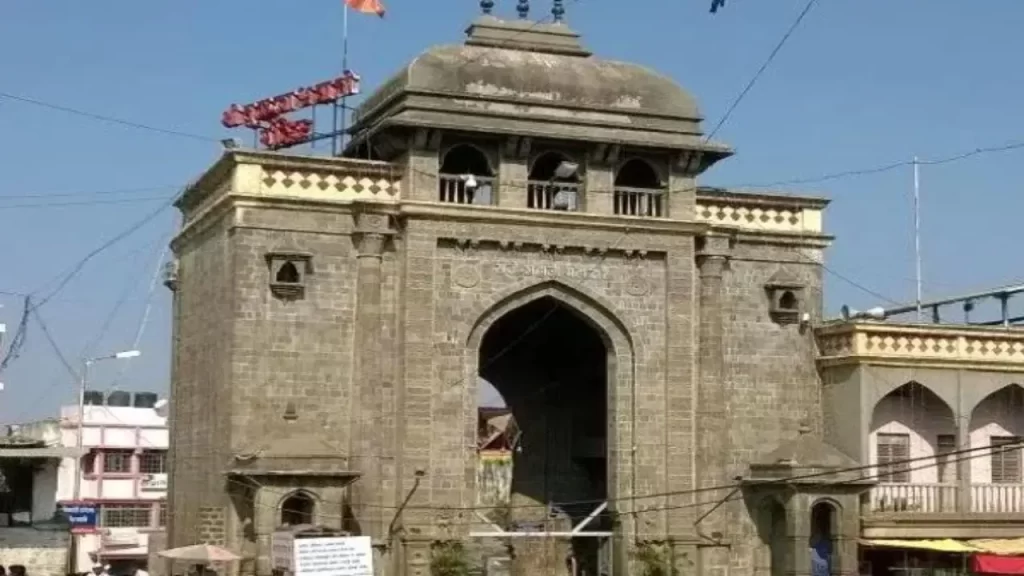
Tulajapur is at 45 km from Solapur. Historically this temple was built in the 12th century CE. There is another Tulja Bhavani temple built in 1537-1540 in Chhattisgarh. There is a third temple of Tulja Bhavani in the village of Patnakuva Gandhinagar in Gujarat. According to the priest, this Goddess came here from Tuljapur during 14th century. The Goddess is said to be swayambhu (self emanated). The Goddess is kuldevi (clan goddess) for many Maratha clans of Maharashtra. The Goddess is either revered by or is the Family Deity for many other Marathi castes at different levels of social hierarchy.
Along with temples of Renuka at Mahur, Mahalaxmi at Kolhapur, and Saptashringi at Vani, the temple of Bhavani at Tulajapur forms the four great Shaktipitha in Maharashtra. Many legends are associated with the temple. One legend involves a demon, Madhu-Kaitabh, who was wreaking havoc upon both the gods and humans. Unable to find any solution, they turned to Lord Brahma for help, who advised them to turn to the Goddess Shakti. She took up the form of a destroyer, and powered by the other (Sapta) Mata Varaahi, Brahmi, Vaishnavi, Kaumaari Indraani, and Saambhavi, vanquished the demon and restored peace. Legend also states that Bhavani finished another demon that had taken up the disguise of a buffalo (Mahisha), and took shelter on the Yamunachala Hill which is part of Balaghat mountain range. The Tulajabhawani temple is located on this hill. Another legend mentions the story of a sage known as “Kardam” After his death his wife “Anubuti” had performed a penance at the banks of river “mandakini ” for Bhavani mata to look after her infant child. While performing the penance the demon known “Kukur” tried to disturb her penance during which the Goddess came to the aid of “Anubuti” and killed the demon “Kukur”. From that day onwards the Goddess Bhavani came to be known a Tulaja Bhavani.
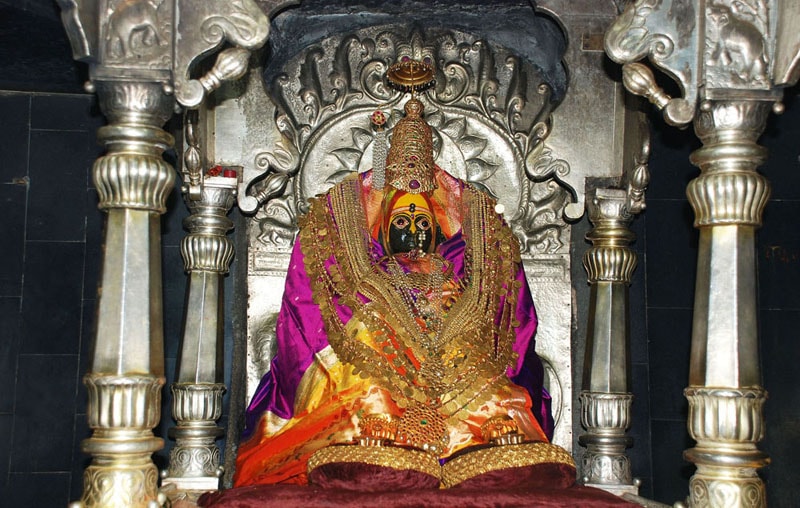
The main entrance of the temple bears the name of Sardar Nimbalkar. The other two entrances are named after the parents of Chhatrapati Shivaji, Shahaji and Jijabai. As one enters the Sardar Nimbalkar entrance, there is a temple dedicated to Markandeya Rishi on the right. After descending the stairs, one sees the main Tulja Temple. There is yagna kund (Holy fire pit) in front of this temple. On the floor near two main gates (Raja Shahaji Mahadwar and Rajmata Jijau main gate), there are two libraries named, Shree Santh Dnyaneshwar Dharmik Library and Shree Tukaram Dharmik Library. After alighting from the stairs, there is `Gomukh Theerth` on the right side and `Kalakh`, also known as `Kallol Theerth` on the left side. Before entering the sanctum sanctorum of the Goddess, devotees take a dip here in these theerths (Shallow tanks of “holy” water). There are also Amruth Kund and a Datta temple on the premises. A Siddhi Vinayak temple is situated on the left side of the main gate whilst on the right, there is a temple of Aadishakti, Aadimata Matangadevi. A temple of goddess Annapurna is also present in the main complex.
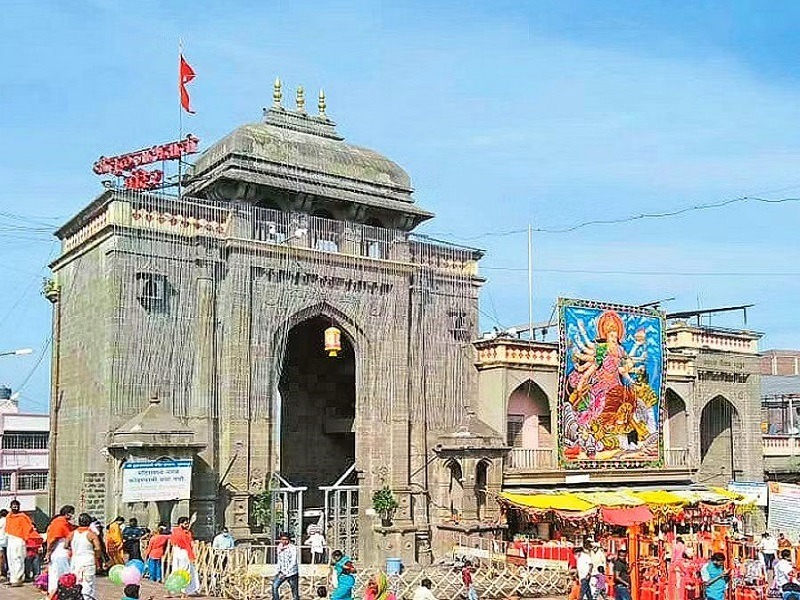
The idol of Goddess Tulja Bhawani is believed by her devotees to be `swayambhu` (“self-manifested” or “that which is created by its own accord”). The high granite idol is three-foot tall, with eight arms holding weapons, and bearing the head of the slain demon Mahishasura. The Goddess is also known as Tulaja, Turaja, Tvarita and Amba.The Goddess is kuldevi (clan goddess) for Maratha clans of Maharashtra. The Goddess is either revered by or is the Family Deity for many castes including Bhope, Dhangar,Mali, Deshastha Brahmin, Bharbhunja, Burud, Kolhati, Gavli, Jogi, Johar, San Teli, Gavandi, Pangul, Sonar, Lonari, Kasar, Bhute, Kalar, Aagri and Koli.Adi maya Adi shakti temple is the temple north to the Tulajabhavani temple. First this pooja starts, and is then followed by the pooja of Tulajabhavani which then takes place.
Thanks for reading.

